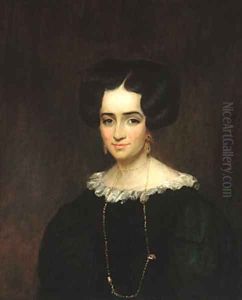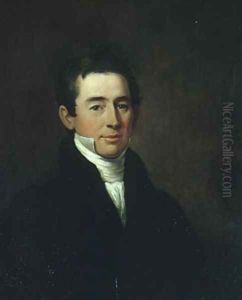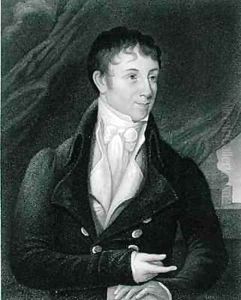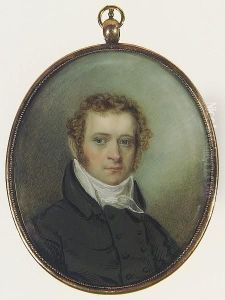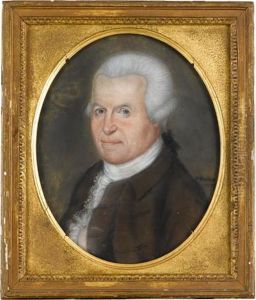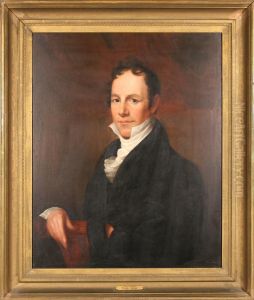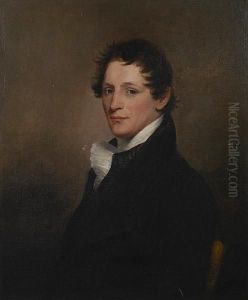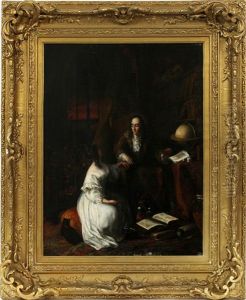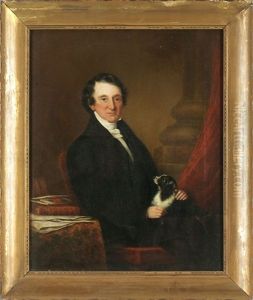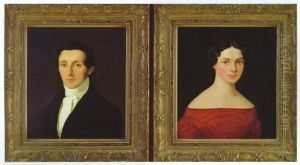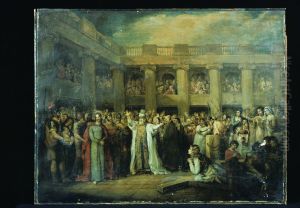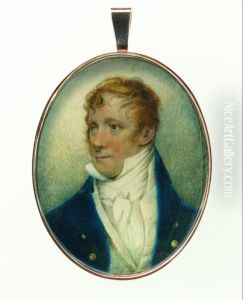William Dunlap Paintings
William Dunlap was an American playwright, theater manager, and artist, often referred to as the 'Father of American Drama.' Born on February 19, 1766, in Perth Amboy, New Jersey, Dunlap developed an early interest in the arts, influenced by the thriving cultural scene of New York City. His passion for theater was evident from his youth, and he pursued both writing and painting with zeal.
Dunlap's contributions to American theater were significant and multifaceted. He wrote more than sixty plays, adapting European works for American audiences and creating original dramas that often reflected the young nation's ethos and challenges. His most famous work, 'André,' a tragedy about the British spy Major John André and his involvement in Benedict Arnold's betrayal, remains a notable example of early American drama.
In addition to his writing, Dunlap was instrumental in the development of the American theater infrastructure. He managed several important theaters in New York, including the John Street Theatre and the Park Theatre, where he introduced and promoted the works of European playwrights alongside American productions, thereby enriching the nation's cultural landscape.
Dunlap was also a pioneer in American art history. He painted portraits and historical scenes, although his contributions in this area have been overshadowed by his theatrical achievements. Furthermore, his three-volume 'History of the Rise and Progress of the Arts of Design in the United States,' published in 1834, was the first major work on American art history, chronicling the development of the visual arts in America from the colonial period through the early 19th century.
Despite his successes, Dunlap faced financial difficulties throughout his life, largely due to the speculative nature of the theater business and his own lack of financial acumen. He died on September 28, 1839, in New York City, leaving behind a legacy that had a lasting impact on American theater and arts. His efforts laid the groundwork for future generations, ensuring the growth and development of the American cultural scene.
